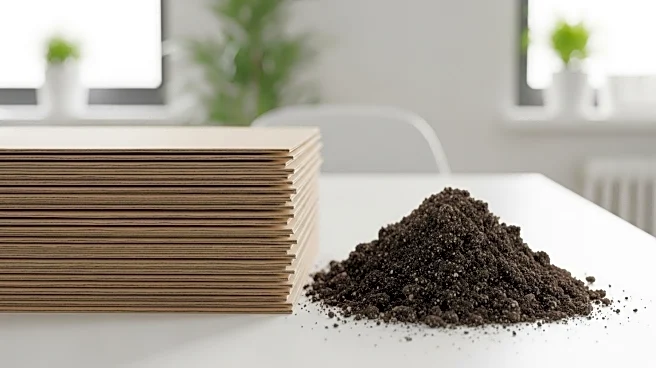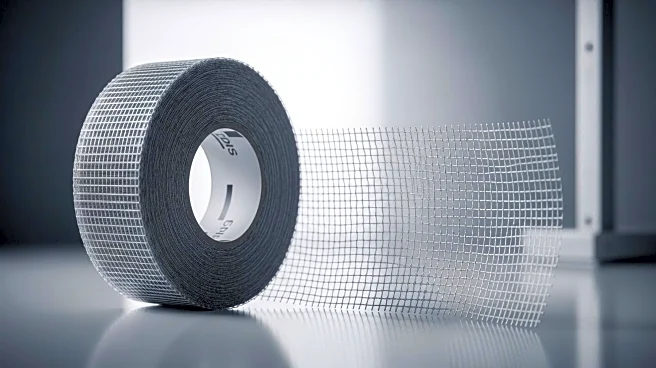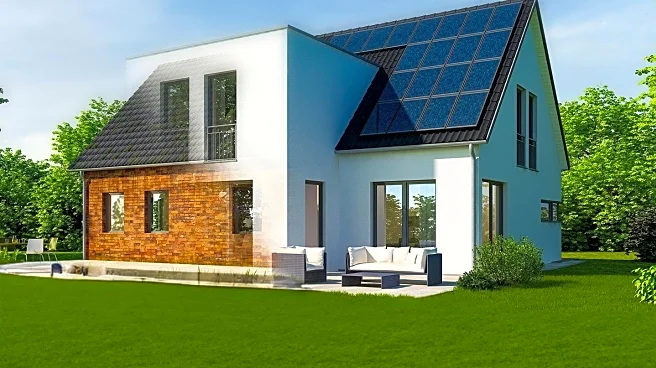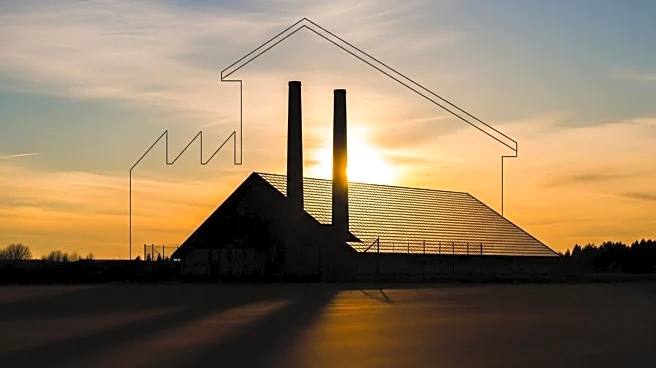What's Happening?
Researchers at RMIT University have invented a new building material composed of cardboard, water, and soil. This innovative material is designed to be reusable and recyclable, combining the durability of rammed earth with the versatility of cardboard. The development aims to address environmental concerns associated with traditional building materials, such as the high emissions from cement and concrete production. The new material offers a reduced carbon footprint and lower costs compared to concrete, and can be used to construct robust walls for low-rise buildings.
Why It's Important?
This invention represents a significant advancement in sustainable construction practices, potentially reducing the environmental impact of the building industry. By utilizing locally sourced materials, the new building material supports net zero goals and promotes the use of earth-based construction methods. The innovation could lead to more eco-friendly building designs and contribute to the global effort to decrease carbon emissions. It also offers a cost-effective alternative to conventional materials, which could benefit construction projects in disaster-prone areas or regions with limited resources.
What's Next?
The RMIT team is seeking industrial partners to further develop and commercialize their invention. This collaboration could lead to widespread adoption of the material in the construction industry, driving innovation and sustainability. The team plans to explore additional applications and refine the production process to enhance the material's performance and accessibility.










